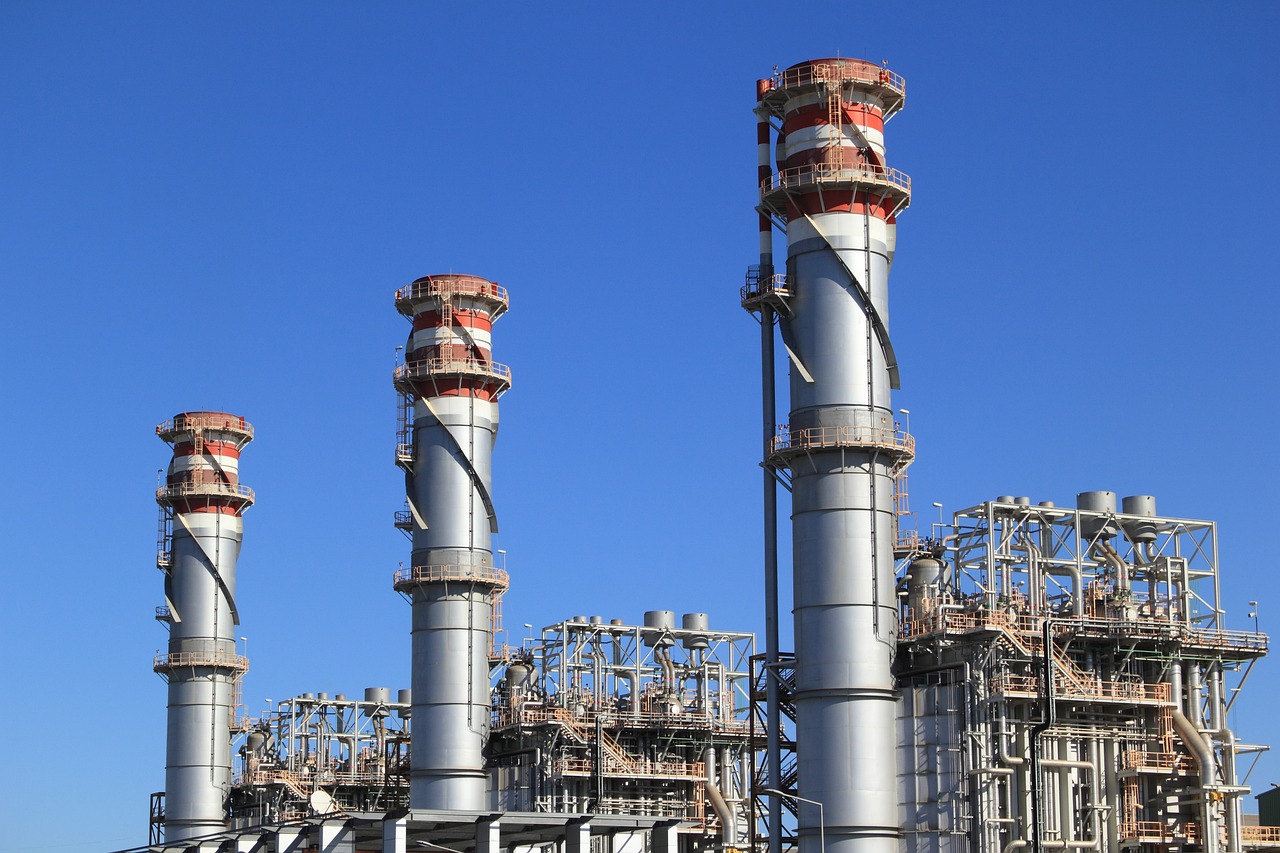Introduction:
Chemical reactions are at the heart of countless natural and industrial processes, driving transformations at the molecular level. Within this realm, reactions are often categorized based on the presence or absence of catalysts. In the case of non-catalytic reactions, the chemical transformations unfold without the aid of a catalyst. This article delves into the intricacies of non-catalytic reactions, exploring their fundamental characteristics, examples, and the crucial role they play in both natural and synthetic chemical processes.
The Essence of Non-Catalytic Reactions:
A non-catalytic reaction unfolds spontaneously without the involvement of a catalyst—a substance that typically accelerates the reaction without being consumed in the process. In the absence of this facilitating agent, the reactants initiate the chemical transformation under specific conditions, relying solely on their inherent reactivity.
Characteristics of Non-Catalytic Reactions:
Catalyst Absence:
The most defining feature of non-catalytic reactions is the absence of a catalyst. Unlike catalytic reactions where a third party facilitates the reaction, non-catalytic reactions rely on the inherent properties of the reactants.
Initiation through Environmental Factors:
Non-catalytic reactions often require external factors such as heat, light, or pressure to initiate the reaction. These factors provide the necessary energy to overcome the activation energy barrier and kick-start the chemical transformation.
Reactant Conversion:
Reactants in non-catalytic reactions are converted into products through the intrinsic reactivity of the chemical species involved. The reaction proceeds along the standard reaction pathway determined by the nature of the reactants.
Influence of Reaction Kinetics:
Factors influencing the kinetics of non-catalytic reactions include reactant concentrations, temperature, and pressure. The rate of the reaction depends on the frequency and energy of collisions between reactant molecules.
Completion of the Reaction:
Non-catalytic reactions can lead to the complete conversion of reactants into products under favorable conditions. The reaction progresses until one or more of the reactants are fully consumed, reaching a state of chemical equilibrium in reversible reactions.
Examples of Non-Catalytic Reactions:
1. Combustion of Hydrocarbons:
The combustion of hydrocarbons, such as the burning of methane (CH4), exemplifies a non-catalytic reaction:
CH4+2O2→CO2+2H2O
In this reaction, methane reacts with oxygen to produce carbon dioxide and water, releasing energy in the form of heat and light. No catalyst is needed for this reaction to occur.
2. Neutralization Reaction:
The neutralization of an acid with a base, like the reaction between hydrochloric acid (HCl) and sodium hydroxide (NaOH), is another instance of a non-catalytic reaction:
HCl+NaOH→NaCl+H2O
In this reaction, the acid and base react to form water and a salt without the assistance of a catalyst.
Significance of Non-Catalytic Reactions:
Non-catalytic reactions are fundamental to various chemical processes, playing a key role in both natural and synthetic contexts. Their spontaneity and reliance on inherent reactivity make them central to reactions occurring in everyday life, from combustion reactions in nature to basic acid-base interactions.
In industrial settings, non-catalytic reactions are harnessed for processes ranging from combustion engines to the production of salts through neutralization. Understanding the principles governing these reactions is crucial for optimizing conditions, ensuring complete conversion of reactants, and minimizing the need for additional catalytic agents.
Conclusion:
Non-catalytic reactions stand as captivating examples of chemical transformations guided solely by the intrinsic properties of reacting species. From the combustion of fuels that powers our vehicles to the neutralization reactions shaping the pH of solutions, these reactions are woven into the fabric of our daily experiences.
As we unravel the mysteries of non-catalytic reactions, we gain insights into the fundamental principles governing chemical transformations. The simplicity of these reactions underscores the elegance of chemistry—the dance of atoms and molecules orchestrated by their own inherent forces. In exploring non-catalytic reactions, we celebrate the beauty of chemical processes unfolding naturally, revealing the intricate choreography of the molecular world.














